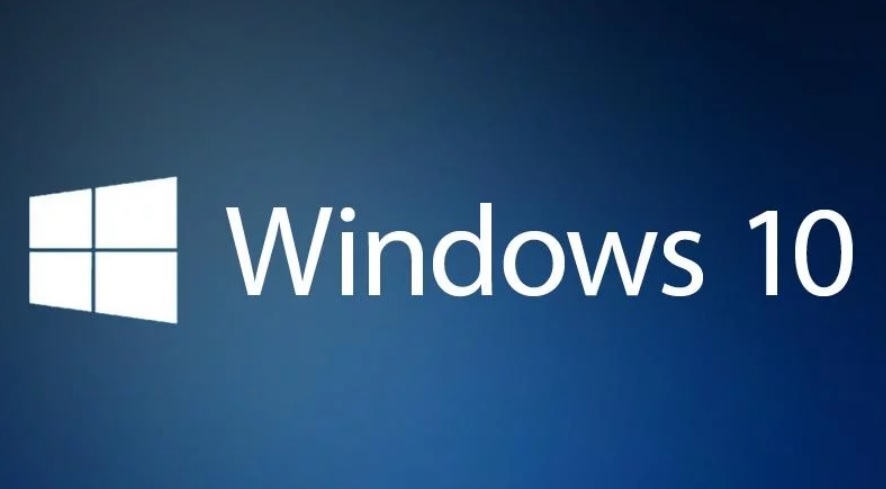
Like any code editor, Command prompt of Windows operating system has a set of syntaxes for running commands. These command line syntaxes are basically rules, which you must follow strictly in order to run the commands successfully. There are typical formats, symbols, etc. which carry specific meaning. For example, spacing is a vital aspect in Command Prompt. If there is a space between two elements in a command, then that space carry humongous importance. If you forget to put the space, the command will not run. Again, if there is no space and you insert a space in between, then also the command will not be successful. There are some basic syntaxes, which you all know. Anything written in bold means, the elements need to be written exactly as they are shown. This includes bold words, slashes, colons, etc. Anything written in italics means, the text must be replaced by a suitable input. For example, if you find username , it means you have to input your user name which can be Debaleena, or John-PC, or XYZ, or anything else.
That said, now let’s have a look at the different notations for command line syntaxes and their implications.
Also Read: Command Prompt Commands And Their Equivalent Commands For PowerShell
| Notation | Description |
|---|---|
| Text without brackets or braces | This implies that the items you must type as shown. |
<Text inside angle brackets> | It means this is a placeholder for which you must provide a relevant value. |
[Text inside square brackets] | Text inside square brackets are used for designating optional items. |
{Text inside braces} | Elements inside braces mean the set of required items. You must choose one. |
Vertical bar (|) | Separator for mutually exclusive items. You must choose one. |
Ellipsis (…) | Items that can be repeated and used multiple times. |

